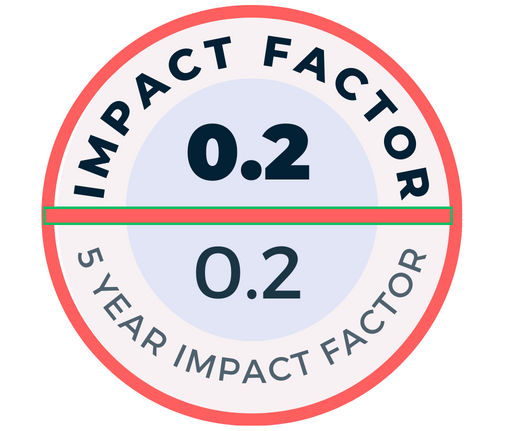Objective: This study aims to determine the difference in the coronavirus disease 2019 incidence between our patient group performing home dialysis, including home hemodialysis and peritoneal dialysis, and our patient group performing in-center hemodialysis.
Methods: The study consists of the patients followed up in our center: 58 scheduled hemodialysis, 9 home hemodialysis, and 54 peritoneal dialysis patients. All the patients were closely followed for the coronavirus disease 2019 symptoms between March 2020 and May 2020. The follow-up intervals of our patients who underwent peritoneal dialysis and home hemodialysis were increased from 1 month to 2 months; all of them were contacted over the phone at the beginning of the pandemic and 2 months later, and the patients were questioned in terms of the coronavirus disease 2019 symptoms. Relevant descriptive statistics were presented. Binary logistic regression model was applied to compare the development of coronavirus disease 2019 in the patient group who performed home dialysis (home hemodialysis and peritoneal dialysis) and in the patient group who performed in-center hemodialysis via the glm function in R that fits generalized linear models. Age and the number of critical comorbidities (diabetes mellitus, hypertension, coronary artery disease, congestive heart failure, and chronic obstructive lung disease) were employed as the other independent variables in the model.
Results: Three of the 58 patients who underwent dialysis in our center were followed up in our pandemic service with the diagnosis of coronavirus disease 2019. Coronavirus disease 2019 positivity was not detected in any patient who applied dialysis methods at home. The number of critical comorbidities appeared as the only significant variable in explaining the development of COVID-19 (P = .0569<0.10). The non-reflection of the difference of the applied methods (in-center hemodialysis vs. home dialysis (home hemodialysis and peritoneal dialysis)) in coronavirus disease 2019 development to the statistics may be due to the somewhat low number of total observations.
Conclusion: In our study, we observed no peritoneal dialysis or home hemodialysis patient diagnosed with coronavirus disease 2019 in our center during the pandemic period. Home dialysis methods may prove to be the gold standard treatment, especially during the pandemic period.
Cite this article as: Köksal Cevher Ş, Coşkun Yenigün E, Çankaya E, et al. Should we weigh more on home dialysis methods during pandemic periods: One center experience. Turk J Nephrol. 2022;31(1):27-32.

.png)



.png)
